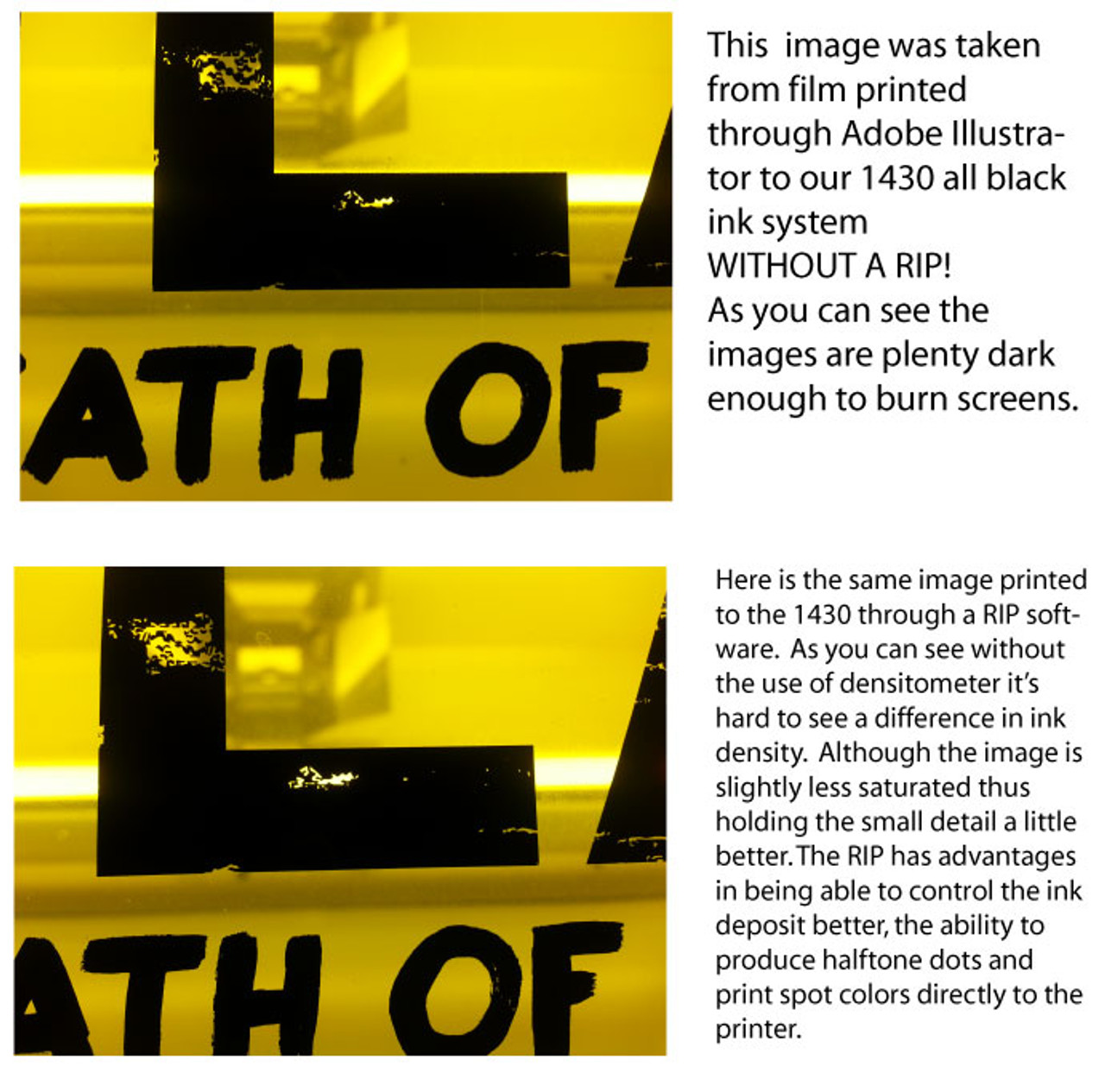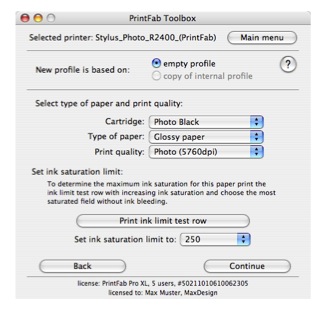

This resembles an imaginary grid into which the printer deposits dots of ink. Print resolution is conventionally described in terms of the number of dots printed per inch, measured in DPI.

Obviously, an 8C system will produce smoother images than a 6C system, especially in areas rich in K and Y. Using light inks means more printed dots are produced in the same printed area thereby achieving an ink density level comparable to that of 4C printing.īy printing more dots of light ink on a specific area and enhancing gray levels, the contrast between printed dots and background is invisible to the bare eye and therefore appears less grainy All in all, this formation contributes to a much smoother, homogeneous look, resulting in photo realistic image quality without graininess. One of the goals of the 8C system is to reduce the graininess phenomenon.
PRINTFAB ALTERNATIVE SKIN
The graininess phenomenon is most noticeable in the highlight and mid-tone areas, mainly corresponding to skin tones, pastel colors and gradient images. Two parameters are mainly responsible for the graininess phenomenon in digital printing, these being ink density and positioning of printed dots on media. However, the Hexachrome system has suffered - and currently still suffers - from slow market acceptance, primarily due to difficulties in customizing color management. The alternative Hexachrome Orange and Green (OG) 6C system has an evident wider color gamut than that of the Dark/Light systems. However, the 6C and 8C systems produce a slightly wider “apparent” gamut.

Therefore, the outer limits of the color gamut are the same. The Dark/Light system is composed of either 2 or 4 additional diluted colors, namely: LC, LM (for the 6C system) or LC, LM, LY and LK (for the 8C system), combined in printing with the traditional CMYK Dark Colors.īasically, the same ink pigments form the color gamuts for the 4C, 6C and 8C systems. The type of media used is another factor that contributes to color gamut.įor instance, the better absorption characteristic of Flex media means it produces a wider “apparent” color gamut than paper. In this example you can see that one set of ink can deliver a wider range of greens, while the other can deliver a wider range of reds. The blue polygon corresponds to one type of 4C printer and the red polygon corresponds to a different 4C printer. In the above illustration, the gray polygon corresponds to the market standard Chromalin, which is commonly used as a reference base. The following section explains common terms used in the industry.Ĭolor gamut differs from ink to ink due to the different ink pigmentation each company’s color lab produces. Systems described above: Digital Dark/Light 6C, Digital Dark/Light 8C, Digital Hexachrome 6C. The term Hi-Fi is commonly used when referring to any of the three printing Note: Hi-Fi color is any printing technique that uses more than four process inks in order to expand the tonal range of the printed piece. The Hexachrome color system attempts to match Spot Colors, also known as market-standard PMS (Pantone ® Matching System), commonly used in offset and screen printing systems. 6 color printing system developed by Pantone that uses Orange and Green (OG) in addition to the 4 dark CMYK colors. Several aspects (as explained in the next chapter). Digital Dark/Light systems (both 6C and 8C) enhance image quality in 8 color printing system that uses 4 diluted or “light” colors in addition to the 4 dark colors: CMYK, LC, LM, LY, LK. 6 color printing system that uses 2 diluted or “light” colors in addition to the 4 dark colors: CMYK, LC, LM Let’s review the different printing systems available today, in order to better understand the pros and cons of each. It also explains the relationship between the different systems available and other related terms such as color gamut, color space, apparent resolution and more.Ħ/8 COLORS: THE DARK/LIGHT AND HEXACHROME SYSTEMS It reviews the different color concepts available today and explains each concept’s merits and disadvantages. This document attempts to sort out some of this confusion. Likewise, a variety of related terms are used in conjunction with these color concepts sometimes rightly and sometimes totally out of While just a few years ago, four-color printing was the only way to go wide format, today’s buyers are exposed to many color concepts and many different terminologies that are often used to describe the same thing.


 0 kommentar(er)
0 kommentar(er)
